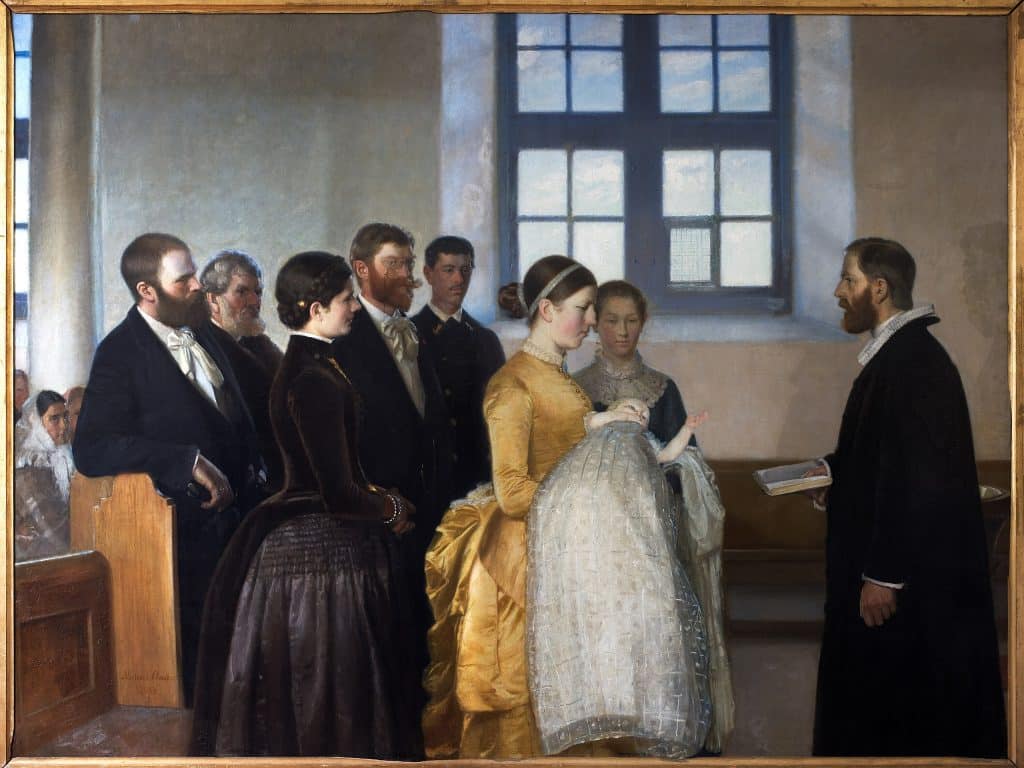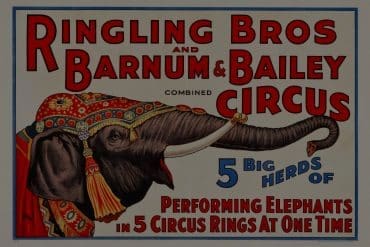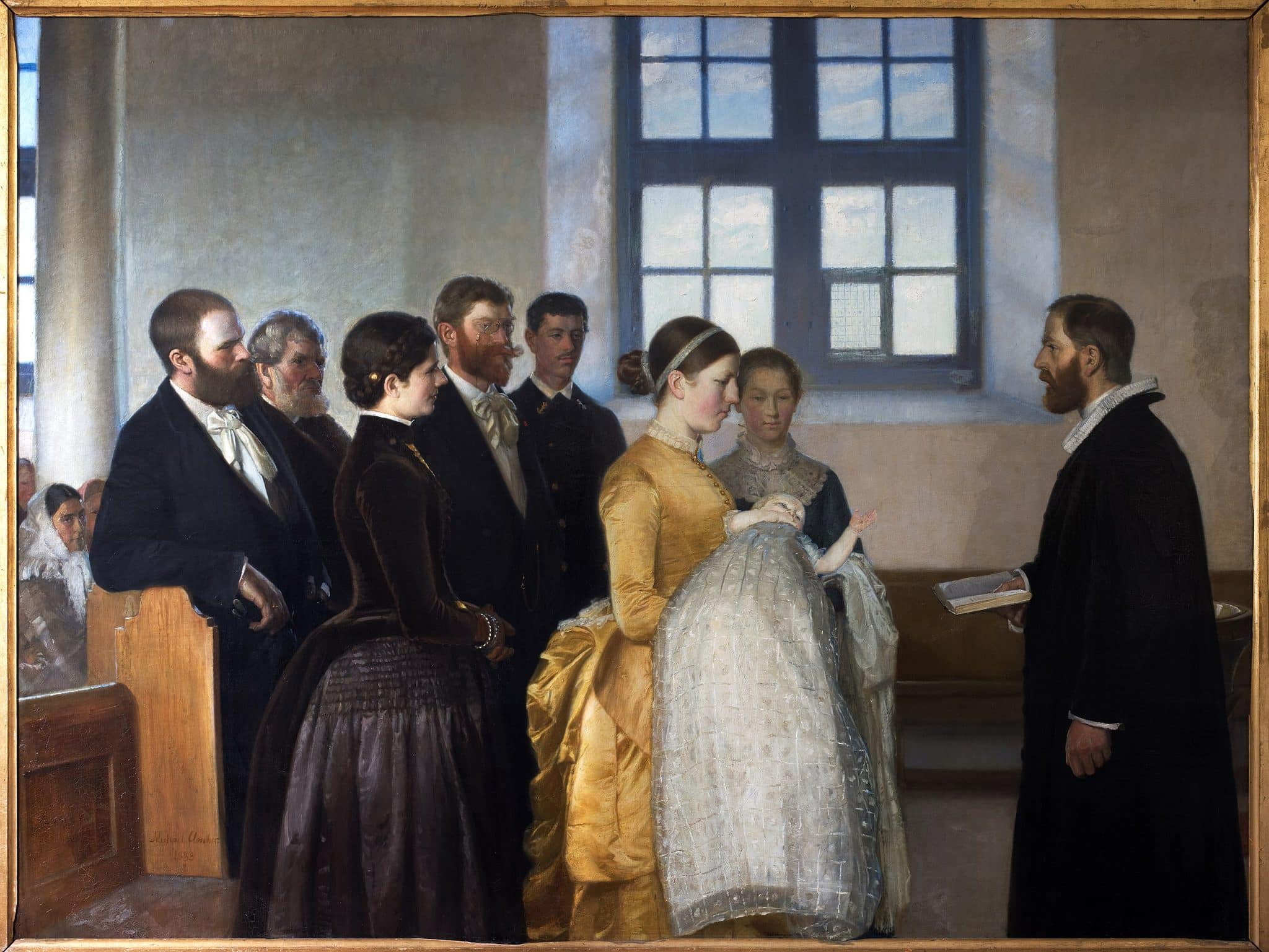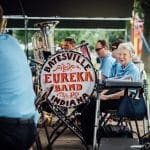New Age Sage: The Christening Gown
Authors Memo
As an active senior citizen in my late 70’s, I find our age groups’ expressions of our experiences to be invaluable in the telling of history. The New Age Sage, or as I coined the phrase to describe us, “Saxion,” or Seniors in Action, we are enthused to share our recounts of the times we have lived through a mind, body and voice of wisdom. “The Christening Gown” is an autoethnographic exploration of the significance of a family heirloom for an Irish Catholic family in the USA.
Each season, I become more aware of my memory fading. I can still recall most of the events of my lifetime and when conversations about the past come up, I find myself jumping right into the conversation. For the most part, I am spot on when it comes to remembering past events. My problem is that I seem to have trouble ordering the events as well as keeping the generations straight. I ask myself questions like ” did that happen to my brother when he was a kid or was it my brother’s son?”
I also find myself questioning whether an event occurred when I was in high school or college, was that before I was married or after? Was it in New York or El Paso? Although the struggle to capture the relativity of old memories becomes more challenging, I have accepted it with grace and patience – all part of the aging process and I thank God each day that I am still participating in the process! Yet, for some reason when Mother’s Day approaches the memories of my mom remain completely vivid and the many celebratory occasions in life that involved her tug at my heartstrings in a way I can only describe as resurgence of a deeply buried loneliness and longing for a comforter and confidant like no other. My “mother memory“ that first comes to mind is always that of the christening gown.

The Christening Gown
I was the oldest of eight children, part of a big Irish Catholic family from the Bronx in the 1950s New York City. I was not only the oldest but the only child for six years. Then came the baby boom. A boatload of siblings, one right after the other for the next consecutive or semi-consecutive fourteen years.
Same partners, drinking the same water, sharing the same bed. Go figure! They certainly couldn’t.
My father was a construction worker who was employed when there was work and who scrambled for any job that came along when the dry times occurred . We lived large in the good times and quite sparingly in the lean times. The lean times were seasons of shame and embarrassment when we didn’t have lunch money or had to live with holes in our shoes. And there were periods of great abundance when we could all go to a restaurant for dinner or bring a nice gift to a party.
We were a loving brood not anywhere near as downtrodden as Frank McCourt describes his family life in his novel Tis, but definitely a family of the same ilk, living on the other side of the pond, and evolved. In Irish Catholic families in the Bronx at that time, the religious celebrations were the most important events and beat out birthdays, graduations and anniversaries by a long shot. Baptism, first communion and confirmation were the events that brought the big parties to our home. Friends, neighbors and relatives all turned out for the most auspicious occasions.
It was the custom of the time to baptize the new babies about two weeks after their birth, just enough time for the mother to recuperate and organize for those upcoming festivities that directly followed the baptism ceremony, the great neighborhood party hosted by my parents. Friends, neighbors and relatives arrived with food, gifts and those discrete white envelopes with Christening cards and a little “something” to help the baby get started. Those very envelopes would be opened and cash counted after the last guest left. After all, the grocer, the baker and the deli man had to have their accounts settled first thing Monday morning.
The bag was open, the gown was carefully removed from the layers of tissue paper and shook out or “given some air” as mom would say. I don’t think it was ever washed or dry cleaned, and all the gown’s accoutrements were spread out on the bed to “air out” before they would adorn the newest baby the following day.
At that time it was also the custom for the mom to stay at home and the dad, the siblings and the godparents to attend the church ceremony. Party planning started a few days before the event. Shopping, housecleaning, cooking and furniture rearranging was supervised by my mom. Her sisters,sisters in law and of course my grandmother were her worker bees and errand runners. Recuperation after childbirth seemed to take a long time in those days. I often wonder if it was because the women stayed immobile for so long before they were discharged from the hospital or because it was the only time a woman could actually take a break.
The most important preparation or ritual always began in the late afternoon before the baptism. After the final house inspection of the day, my mom would get the stool from the kitchen and gather us all in my parents bedroom. She would open the closet and teeter up the three steps on her stool till she was standing on her tippy toes. One hand would stretch all the way back into the dark abyss of the top shelf of the closet while the other balanced her weight holding onto the closet door. She knew, by feel, just what she was looking for and when her fingers touched the waxy coating of the crinkled and faded blue Alexander‘s department store bag, she always sighed a breath of relief because she was never sure that the bag would still be there. As the oldest sibling I also let out my breath in unison, partly because I was enmeshed in the drama of my mother’s every move and partly because my mother never left any time for an alternative plan should the gown be in the hands of an aunt who may have borrowed it and forgotten to return it. I think the space in which our breaths were held was reserved for prayer that the bag would be there because in those days no stores were open on Sundays for last-minute emergency purchases.
The bag was open, the gown was carefully removed from the layers of tissue paper and shook out or “given some air” as mom would say. I don’t think it was ever washed or dry cleaned, and all the gown’s accoutrements were spread out on the bed to “air out” before they would adorn the newest baby the following day.
Sunday came and the dressing ritual continued. Mom prepared the baby as we all watched. In those days, you did not bathe the baby but rather oiled them down. To this day, when I recall one of the christenings I can close my eyes, bend my head as if placing a kiss on the forehead of one of those babies and I can still smell the Johnson’s baby oil. Mom would then place the infant in the center of the big bed and as she dressed the newborn she would retell the story of how each of the children in our family had been baptized in that same outfit. It was a gift from my grandmother for the baptism of her first grandchild – that being me – with the gown and all the accoutrements imported from the motherland (that being Ireland). Mom shared how she hoped that all of the children in our family would be baptized in that same gown. It was to become a family heirloom to be passed down from generation to generation.
My sister thought she gave it to my mother; my mother thought she passed it on to another sister; and my other sister thought I had it in my keeping. The search went on and on for weeks. I made everyone tear apart closets, attics and basements to come up with my treasured christening gown. I was so upset that I went through the same boxes over and over hoping that I had missed it. I was frantic, angry and distraught for not being a better gatekeeper of such a precious family heirloom.
First came the petticoat – long, lacy and adorned with crocheted Irish linen crosses on the bib front. Then came the dress – another long and lacy outer garment that was vest like in design with beautiful rosettes hand appliquéed down each side from the sleeve to the hem. Next came the shoes – one pair for the boys and one pair for the girls. Both pairs were tiny satin pumps. Buckles on the boys and satin ribbons on the girls. The piece de resistance were the hats, also boy’s and girl’s. The boy’s was satin with a peak in the front and the girl’s were box-like in shape. On these occasions, the newborns looked like replicas of the Victorian dolls seen in magazines with wisps of blonde hair, calm blue eyes and skin the color of Dresden china, all perfectly encased in billowing clouds of white linen, satin and lace.
Being the oldest of the children, I had the responsibility of going to the church with my father, my other siblings and of course the godparents. As the stand-in for my mom, my job was to see to it that the siblings behaved themselves appropriately, that the baby was held properly by the godparents and that nobody (meaning my dad) changed the baby’s name at the baptismal font (something he always threatened to do as we walked out the door.) As I said earlier, we were a big Irish Catholic family, often poor in money but rich in spirit. Poverty and times of want always receded to a deeply forgotten place as we stood before the baptismal font where I gazed up to watch each baby bedecked in the finest clothes being accepted into our family of faith through the waters of baptism. If I close my eyes today, I can still capture the voices inside my head of each of the parish priests as they said, “I baptize thee Edward, Edwina, Patricia, Thomas, Francis, Margaret and Albert” as the ritual waters flowed freely over the heads of my brothers and sisters. You can imagine my horror at age 7 when father Connolly chanted in a loud and authoritative voice the words “and now I baptize thee Edwina Rose” and the absolute meltdown I had when we got home and I had to tell my mom that the baby’s name has been changed from Edna to Edwina. I thought it may have been a conspiracy between my father and the priest. My mother did laugh and comfort me as she explained that sometimes priests use Latin pronunciations when they have no English equivalent; after all, we don’t want our newest little girl baptized Edward!
I remember in the less distant past the words I baptize thee, Anthony and Peter, my two oldest children. Jennifer Jessica Matthew Robbie Josephine Francis and on and on for 13 more times as the children of my brothers’ and sisters’ were baptized in that same gown. I remember my cousins who asked to have their children baptized in the same gown. In our big family things got passed around constantly. Cribs, bassinets, baby coaches and strollers were just as likely to show up in someone else’s house as were the clothes one of had worn the previous year. Sharing and passing possessions among us including christening gowns was part of affirming our family’s unity and no one ever considered this practice less than familial.
As the keeper of the gown, which by now had become symbolic in our family, I doled it out as the occasions arose or at least kept a mental check on its location. Very much to my surprise, 10 years after the birth of my younger son I became pregnant again.
Same partner, drinking the same water, sharing the same bed, go figure – we certainly couldn’t. Sound familiar?
Once again I began to search out the gown. It had been so long since I paid attention that I had to go through the list of births to figure out who had worn it last. My sister thought she gave it to my mother; my mother thought she passed it on to another sister; and my other sister thought I had it in my keeping. The search went on and on for weeks. I made everyone tear apart closets, attics and basements to come up with my treasured christening gown. I was so upset that I went through the same boxes over and over hoping that I had missed it. I was frantic, angry and distraught for not being a better gatekeeper of such a precious family heirloom.
My mom did get to attend my daughter‘s baptism and she and I wept hand in hand as we watched the water once more pour over the forehead of a child, knowing her life was ending and my daughter’s was beginning. So many threads had been woven between us and would now be passed on through a new life and the possibility of future heirlooms.
The Christening gown had become such a source of pride to all of us and had become part of the fabric of our families identity. It spoke to each woman in our family of how, as mothers, we welcome, celebrate and consecrate each new life. It was the tangible piece of the ritual that belonged to all of us. As time passed, I had to let go. I had to accept that it was gone. Nothing more than a memory. It no longer mattered to me what the next child wore to be baptized in.
As time grew close to my own daughter’s birth my mother‘s health began to fail. She had lost much of her sight to macular degeneration and was suffering through the late stages of esophageal cancer. In spite of her need for her to self-focus and prepare herself for the inevitable and unbeknownst to me, she searched out an Irish linen import shop on the Lower East Side of Manhattan and was able to purchase all the materials to duplicate to the best of her memory the lost gown including the crocheted rosettes and embroidered crosses. She laboriously went about hand stitching the christening gown more by feel than by sight for my baby soon to be.
The week before my daughter was born my mom surprised me with the most magnificent expression of her love. Wrapped carefully in tissue paper in an old and faded blue Alexander’s department store bag was the handmaid gown. Its stitching wasn’t perfect and it was much simpler than the original gown but the original paled in comparison to this gift. My mom did get to attend my daughter‘s baptism and she and I wept hand in hand as we watched the water once more pour over the forehead of a child, knowing her life was ending and my daughter’s was beginning. So many threads had been woven between us and would now be passed on through a new life and the possibility of future heirlooms.
My mom died shortly after my daughter’s baptism. The two things that I am most grateful for is that I named my daughter in honor of my mother and that a happening as devastating as the loss of a family heirloom could be replaced by a gift of such richness not found in heirlooms, traditions or identities but only through a deep and abiding mother’s love. Since my daughter’s baptism, four grandchildren and grand nieces and nephews have worn “Nanny Margie’s gown.” As I ready it for the birth of another grandchild I suspect the time will come when this gown too will become no more than a memory. My only hope is that in generations to come it will be replaced by someone with a gift as profound and everlasting as mine.
Featured image by Michael Peter Ancher, public domain, Wikimedia I The AutoEthnographer
Dr. Catherine Vandermal, PhD is a retired early childhood administrator, educator and program developer. Catherine currently resides between Louisville, KY and South Florida with her husband where she actively practices as a therapist, a parent coach and an educational consultant.












